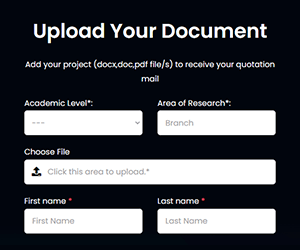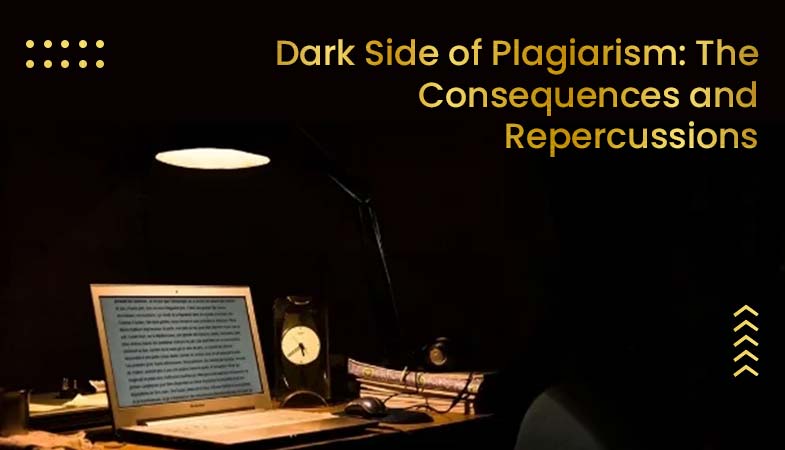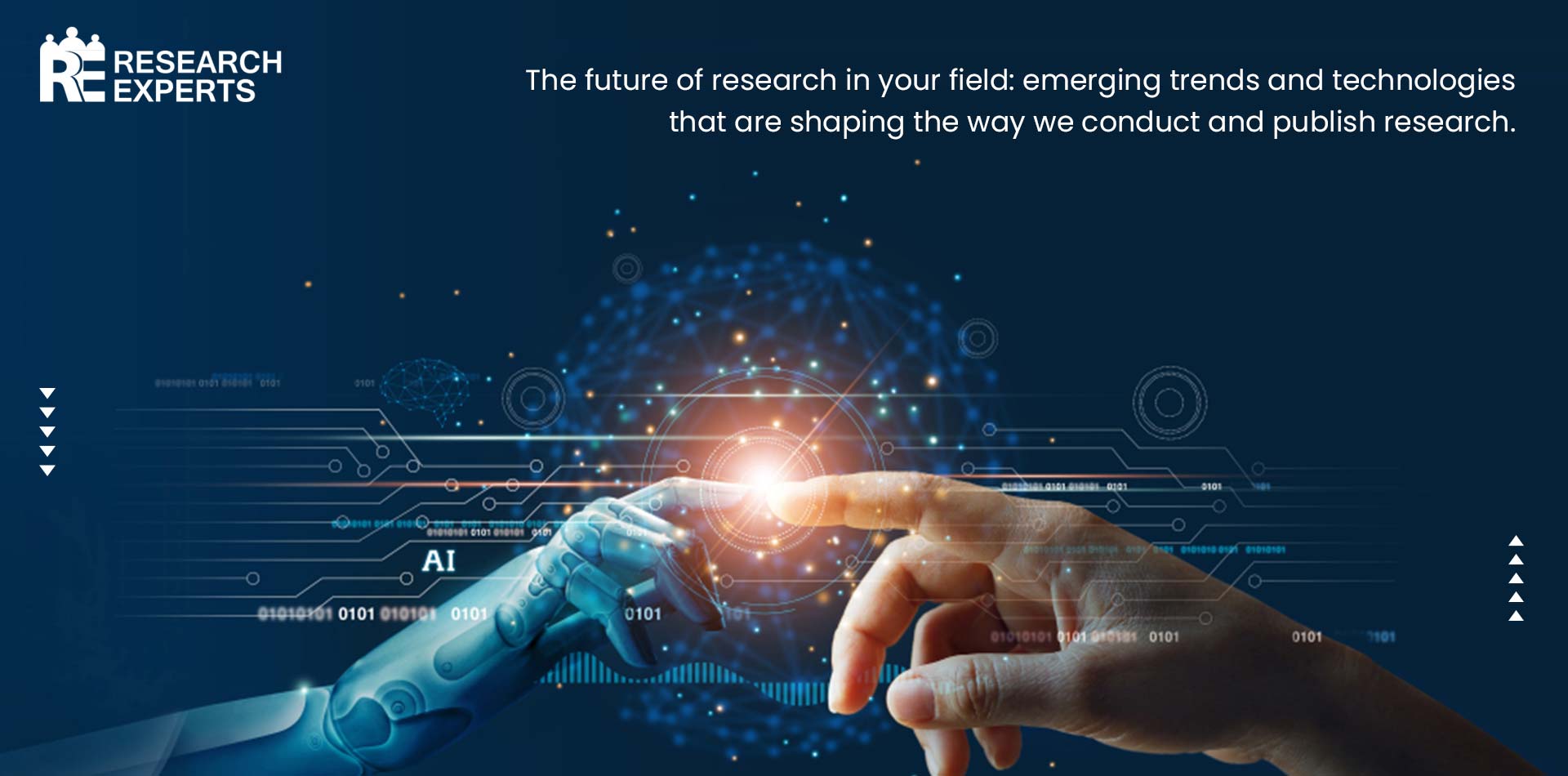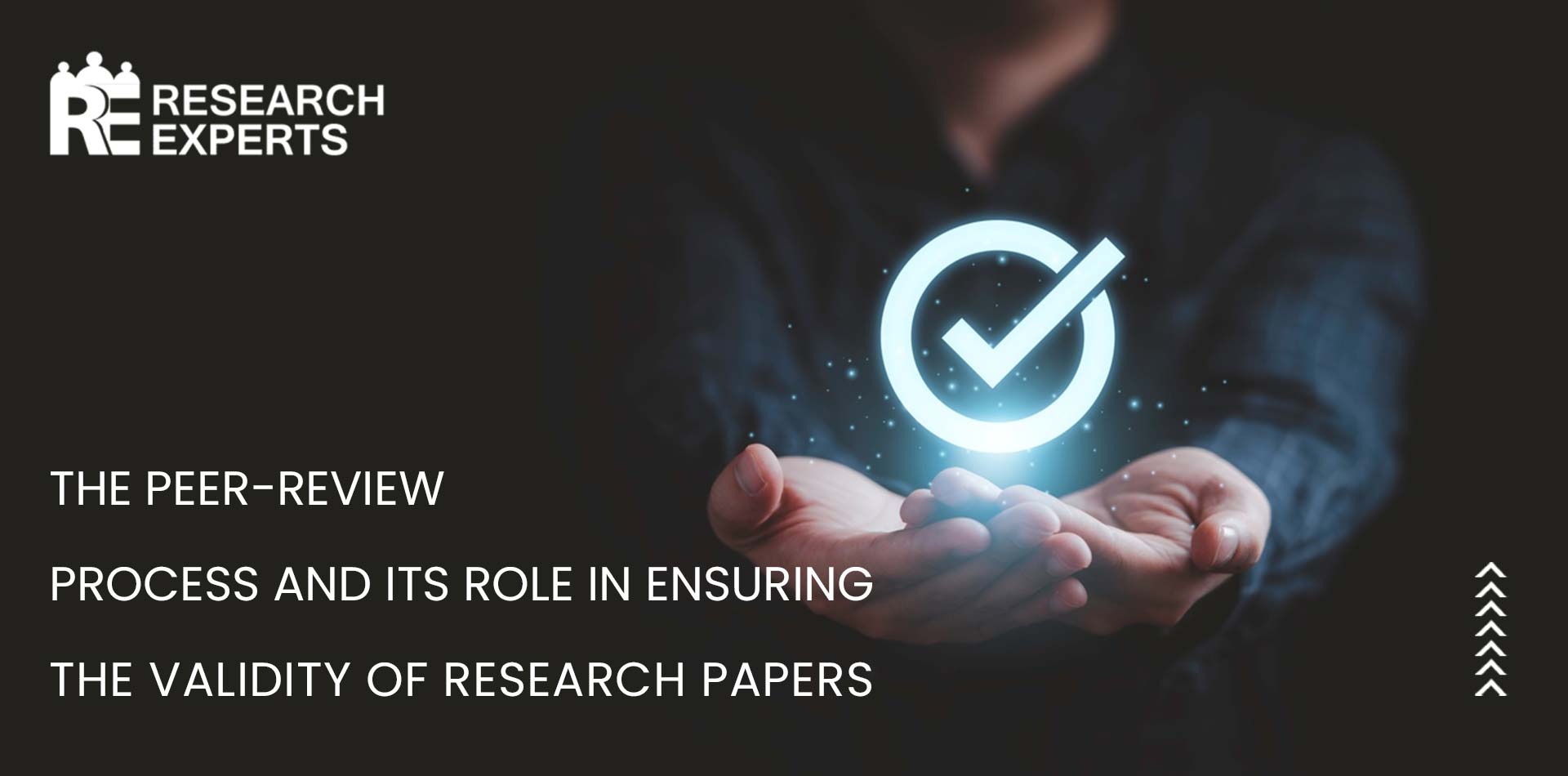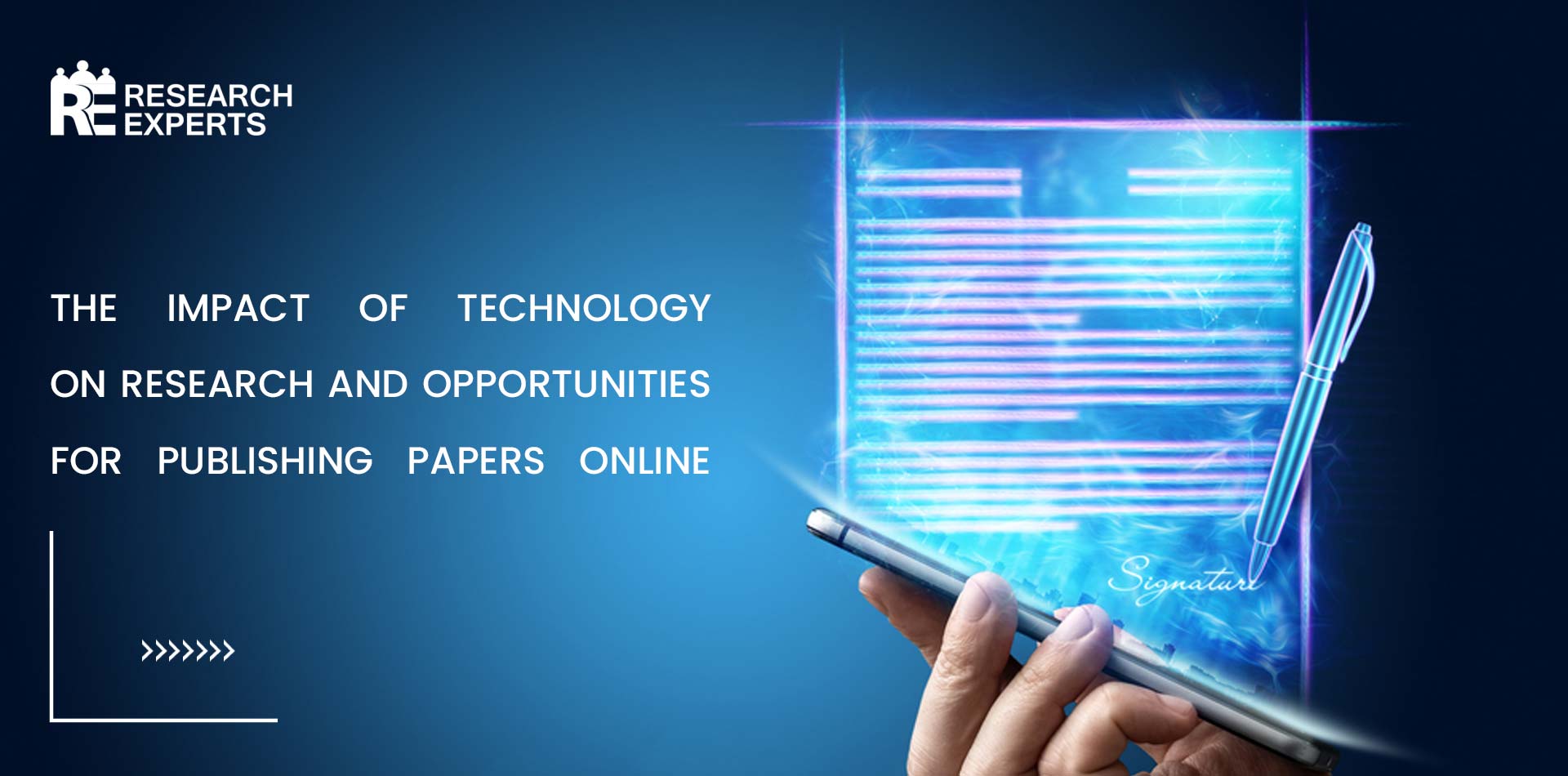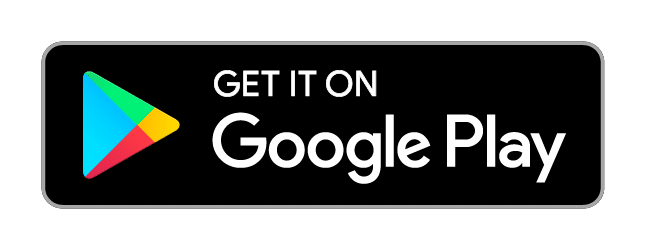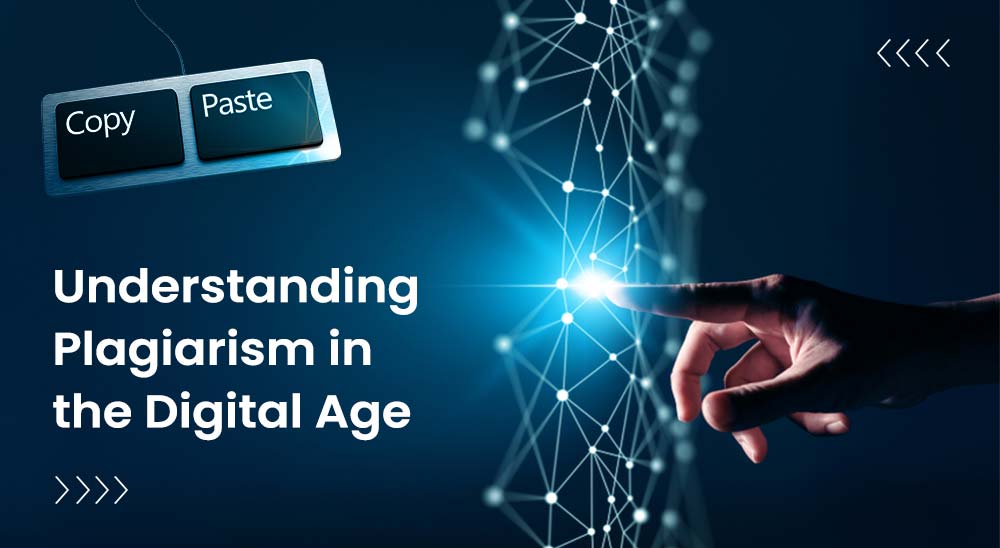
Understanding Digital Plagiarism
Understanding Digital Plagiarism – Without giving correct credit to the original author or obtaining their permission to use their work, you have committed plagiarism. Plagiarism has always been frowned upon, but with the growth of the internet and digital information, more and more individuals are able to access and reuse the work of others without giving credit. Therefore, it is crucial for people and businesses to have a firm grasp of what plagiarism is and how to prevent it in the modern digital era. The following article is about Understanding Digital Plagiarism.
Different forms of digital plagiarism have emerged as a result of technological advancements. With the transition to a digital age, plagiarising has evolved somewhat. Read this article to find out more information. Plagiarism is a serious issue because it undermines the value of original content and ideas. When people use the work of others without giving credit, they are effectively stealing from the original creators and taking credit for their hard work. This can be especially harmful to professionals in fields such as journalism, academia, and the arts, where originality and creativity are highly valued.
What do you mean by Digital Plagiarism?
- One of the main reasons why plagiarism has become such a problem in the digital age is that it is so easy to copy and paste content from the internet. With just a few clicks, anyone can access and use the work of others without having to put in the time and effort to create their own original content. This has led to an increase in the number of people who engage in plagiarism, either intentionally or unintentionally.
- There are several different types of plagiarism, including copying and pasting text directly from a source, paraphrasing the work of others without proper attribution, and using someone else’s ideas or research without giving credit. In the digital age, it is also possible to plagiarize images, videos, and other types of media.
- Plagiarism can also have legal consequences. In many countries, copyright laws protect the work of creators and give them the right to control how their work is used. If someone uses someone else’s work without permission, they may be sued for copyright infringement.
- There are several steps that individuals and organizations can take to avoid plagiarism in the digital age. One of the most important is to properly cite all sources when using the work of others. This means providing a complete and accurate list of references, including the author, title, and publication information.
- Another way to avoid plagiarism is to use plagiarism detection tools. These tools scan text and other types of content and flag any instances of copied or unoriginal material. This can help individuals and organizations identify and address potential plagiarism issues before they become a problem.
- In addition to using proper citation and plagiarism detection tools, it is also important to understand and follow the guidelines and policies of the organizations and institutions you are affiliated with. Many organizations, such as schools and universities, have strict policies in place to prevent plagiarism and may have penalties for those who are found to be engaging in it.
Conclusion
Ultimately, understanding plagiarism in the digital age is about recognizing the importance of originality and giving credit where it is due. By following best practices for citing sources and using plagiarism detection tools, individuals and organizations can ensure that they are creating and sharing original content and ideas rather than relying on the work of others. So, it is very important to understand plagiarism in the digital age to avoid any legal and ethical issues.

